Do you have a basement in your home that’s just sitting idle? Are you looking for something special to do with it but don’t quite know how or where to start? Not to worry—you can easily and affordably turn your unused basement into an inviting, comfortable bedroom with just a little creativity and some crafty DIY decorating.
From extra sleeping space to an opportunity to make a cozy retreat for yourself or guests, plenty of advantages come with creating the perfect basement bedroom.
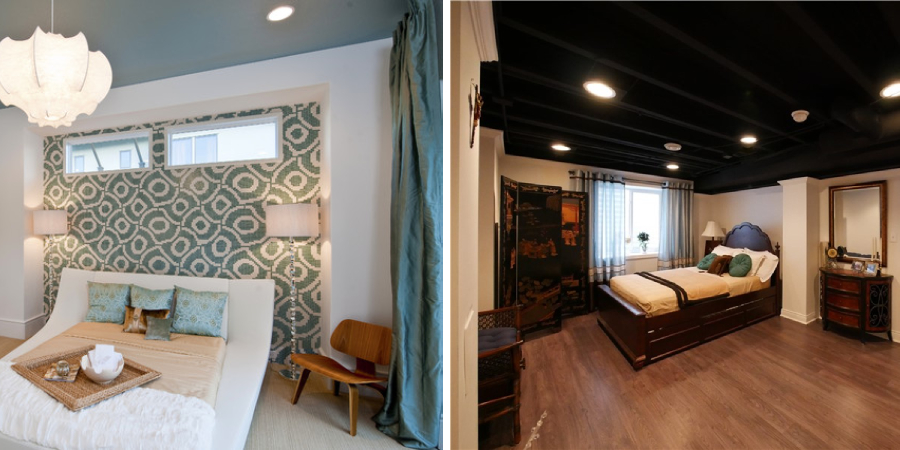
In this blog post, we’ll be exploring all the ways how to turn a basement into a bedroom. From choosing the perfect bedding and curtains to adding unique decorative touches like wall hangings, rugs, and artwork —read on for tips about how to create the cozy bedroom of your dreams!
What Will You Need?
Before you get started on your basement bedroom project, it’s important to have the supplies and materials you’ll need. This includes items like:
- Paint
- Lights
- Wallpaper or wall covering
- Curtains or window coverings
- Flooring (vinyl, carpet, wood)
- Bed frame
- Bedding/linens
- Furniture (desk, dresser, shelves)
- Artwork or wall decorations
- Area rugs and other floor coverings.
Once you have all your supplies in order, it’s time to start transforming your basement into a bedroom!
10 Easy Steps on How to Turn a Basement Into a Bedroom
Step 1. Decorating Your Basement Bedroom
Adding unique wall decorations and artwork is one of the best ways to make your basement bedroom stand out. Whether you choose colorful abstract prints or more traditional pieces such as family photos, adding a personal touch is the key to making your basement bedroom feel like home.
Step 2. Choosing Furniture and Bedding
When it comes to choosing furniture for your basement bedroom, look for pieces that are both stylish and space-saving. For bedding, opt for comfortable linens in colors and textures that match the room’s overall theme. If you’re looking for something a little more luxurious, opt for down comforters and pillows.
Step 3. Selecting Wall Coverings
From wallpaper to paint or even fabric wall hangings, take some time to decide on what kind of wall coverings you want in your basement bedroom. Bright colors can make a room look larger, while darker shades help create a cozy atmosphere — so think about what mood you’d like to create before you make your final decision. As for wall decorations, opt for artwork or prints that reflect your personal style and taste.
Step 4. Installing Floor Coverings
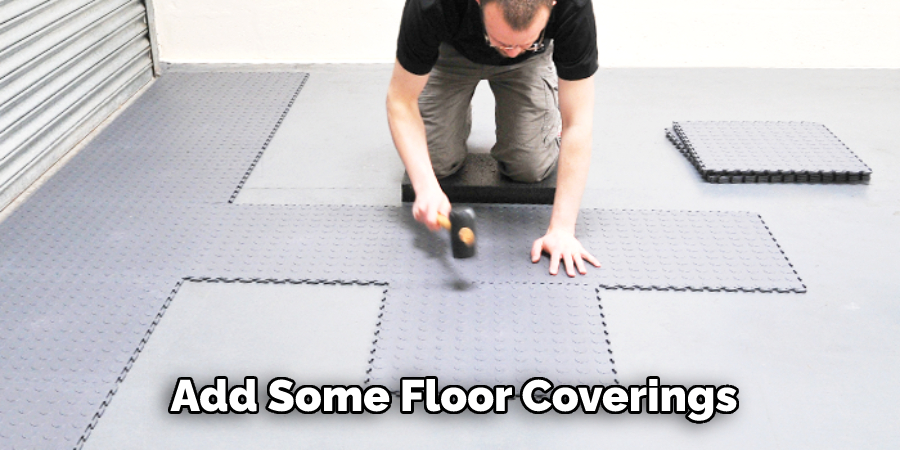
When it comes to floor coverings, there are many options available — from wood to laminate or even vinyl. Think about which material best suits the room’s overall look before making your purchase. Additionally, consider adding area rugs for a touch of warmth and comfort!
Step 5. Adding Lighting
Lighting is essential to any bedroom design, so don’t forget to include it in yours. From ceiling lights to wall sconces or lamps, choose lighting fixtures that will provide both illumination and atmosphere. Be careful not to overpower the room with too much light — aim for a balance between bright and dim.
Step 6. Choosing Window Treatments
Curtains or blinds are essential for completing your basement bedroom look. Choose window treatments that are both practical and stylish — such as blackout curtains or roller blinds for privacy and natural light control. Don’t forget to include a curtain rod or track system for easy installation!
Step 7. Installing an Air Purifier
Many basements can be damp and musty — so it’s important to install an air purifier in your newly created bedroom to ensure the air quality is safe and healthy. This will also help reduce allergens, dust mites, and pollen! Try to find an air purifier with a HEPA filter for maximum efficiency.
Step 8. Setting Up a Home Office
Why not set up a home office if you have extra space in your basement bedroom? Just add a desk, chair, laptop stand, bookshelves — whatever you need to get work done comfortably at home. You can also make your home office look stylish with desks and tables in modern designs.
Step 9. Adding Storage
You can never have too much storage! Add shelves, dressers, or even a closet to your basement bedroom to keep it clutter-free and organized. This will also come in handy when you’re trying to find something quickly.
Step 10. Finishing Touches
Finish off your basement bedroom by adding some cozy touches like area rugs, potted plants, artwork — anything that will make the room feel homey and inviting. And don’t forget soft lighting for a nice ambiance in the evenings! Basements can be dark and dreary, so add some personality with personal touches.
By following these easy steps on how to turn a basement into a bedroom, you can create the perfect space for relaxing and unwinding after a long day.
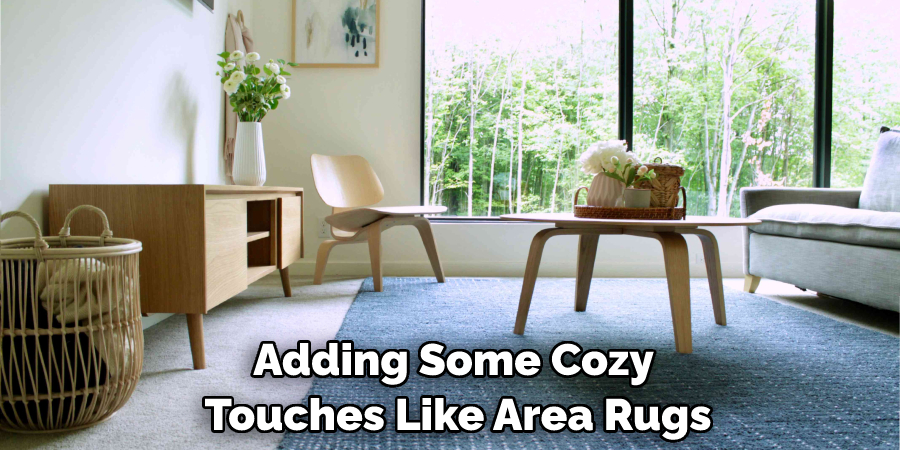
5 Additional Tips and Tricks
1. Before you begin, measure and map out the room to determine the best layout for your bedroom. You’ll want to include furniture placements, lighting plans, storage solutions, and other features that will turn your basement into a comfortable bedroom.
2. Consider installing an egress window to ensure adequate ventilation and provide a safe exit in case of emergency. Ensure the window meets local building codes to be used as an official means of escape in case of fire or other emergencies.
3. Choose quality materials for flooring, walls, and ceilings that will help make your basement more soundproof and energy-efficient. Carpet is often a great choice for flooring because it offers insulation against cold floors; drywall is best for walls as it’s easy to install and provides some noise reduction; ceiling tiles are also optimal for absorbing sound while providing insulation from above.
4. Look for ways to maximize storage space, such as built-in closet systems and under-the-bed drawers. Utilizing wall space with shelves, bookcases, or cabinets can also help you make the most of any available square footage.
5. Install a dehumidifier to keep your basement dry and reduce musty odors that often come with being in a basement. This will also help protect items stored down there and ensure mold and mildew don’t take hold in the area.
With these tips and tricks, you’ll be able to turn your basement into a comfortable bedroom in no time!
5 Things You Should Avoid
1. Avoid leaving standing water in the basement. This can lead to mold and mildew growth, which can cause health risks and long-term damage to your home.
2. Do not hang items directly onto drywall or insulation without anchors or supports, as this could cause water damage and reduce energy efficiency due to air loss.
3. Don’t neglect ventilation when designing a bedroom for a basement space. Without proper airflow, condensation on walls can lead to dampness and musty odors, making the room uncomfortable and unhealthy.
4. Refrain from using paint with high levels of volatile organic compounds (VOCs) in a basement bedroom; VOCs are potentially dangerous chemicals that are released into the air with potentially harmful side effects.
5. Avoid using combustible material near any gas-powered appliances in the basement – this could lead to dangerous fires and explosions.
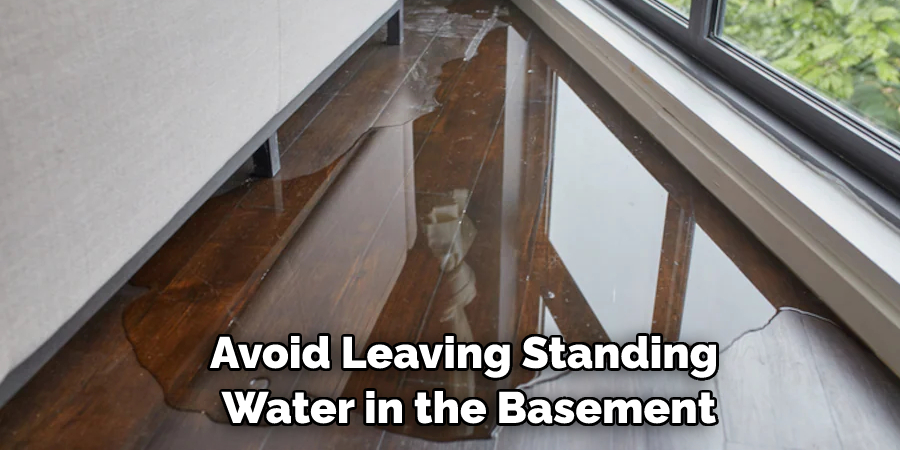
Following these tips, you can easily avoid common mistakes when turning your basement into a bedroom!
What Are the Disadvantages of Staying in Basement?
1. Basements may be prone to dampness and flooding, which can lead to mold growth and water damage that can be costly to repair.
2. Depending on the layout of your home, basement bedrooms may be lacking in natural light due to their location at ground level or below ground.
3. Poor ventilation and air quality is other disadvantages of basement bedrooms; without proper airflow, odors from cooking, pets, or other activities upstairs can seep into the room, making it uncomfortable and unhealthy for inhabitants.
4. Soundproofing may also be an issue for basements; noises from outside or above may travel throughout the home more readily than with other rooms due to a lack of insulation in walls or ceilings.
5. Basement bedrooms may also be colder than other parts of the house due to lack of insulation and being underground; temperature fluxes during winter can lead to cold drafts in the room, making it less comfortable for inhabitants.
If you are considering turning your basement into a bedroom, these potential disadvantages should be considered to ensure your space is comfortable and safe. With the proper planning, however, you can mitigate these issues and enjoy a cozy bedroom in your basement.
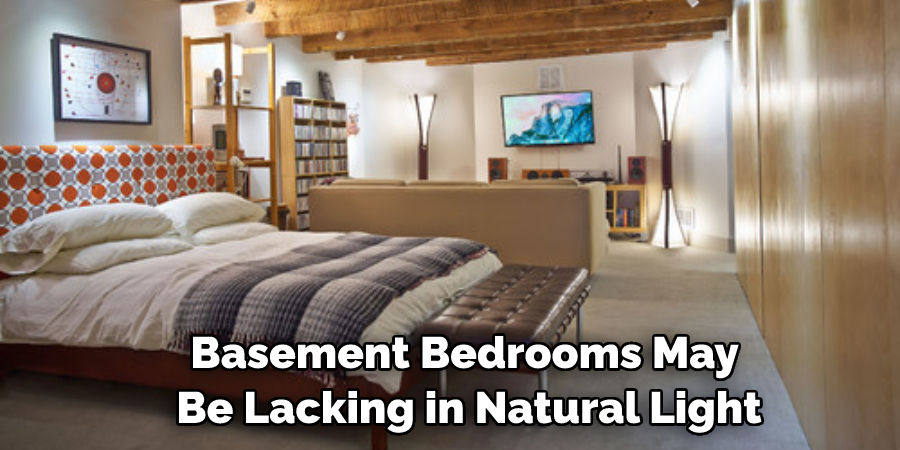
Conclusion
With a little elbow grease, time, and budget-friendly ideas, you can create a beautiful bedroom in your basement. As the new space is transformed from dark and dusty to warm and inviting, you’ll find that the possibilities are practically limitless.
Consider incorporating soft colors, natural fabrics, as well as DIY projects with stylish touches. Building the bedroom of your dreams can be an enjoyable workplace where you can customize the decor to make it a special place to hang out or relax.
Additionally, completing this project gives you bragging rights for a long time to come! After all this hard work, why not finish by crafting a personalized wall hanging for the room? You now have all of the tips and tricks necessary about how to turn a basement into a bedroom.
Go ahead and give yourself a pat on the back – you’ve earned it!
